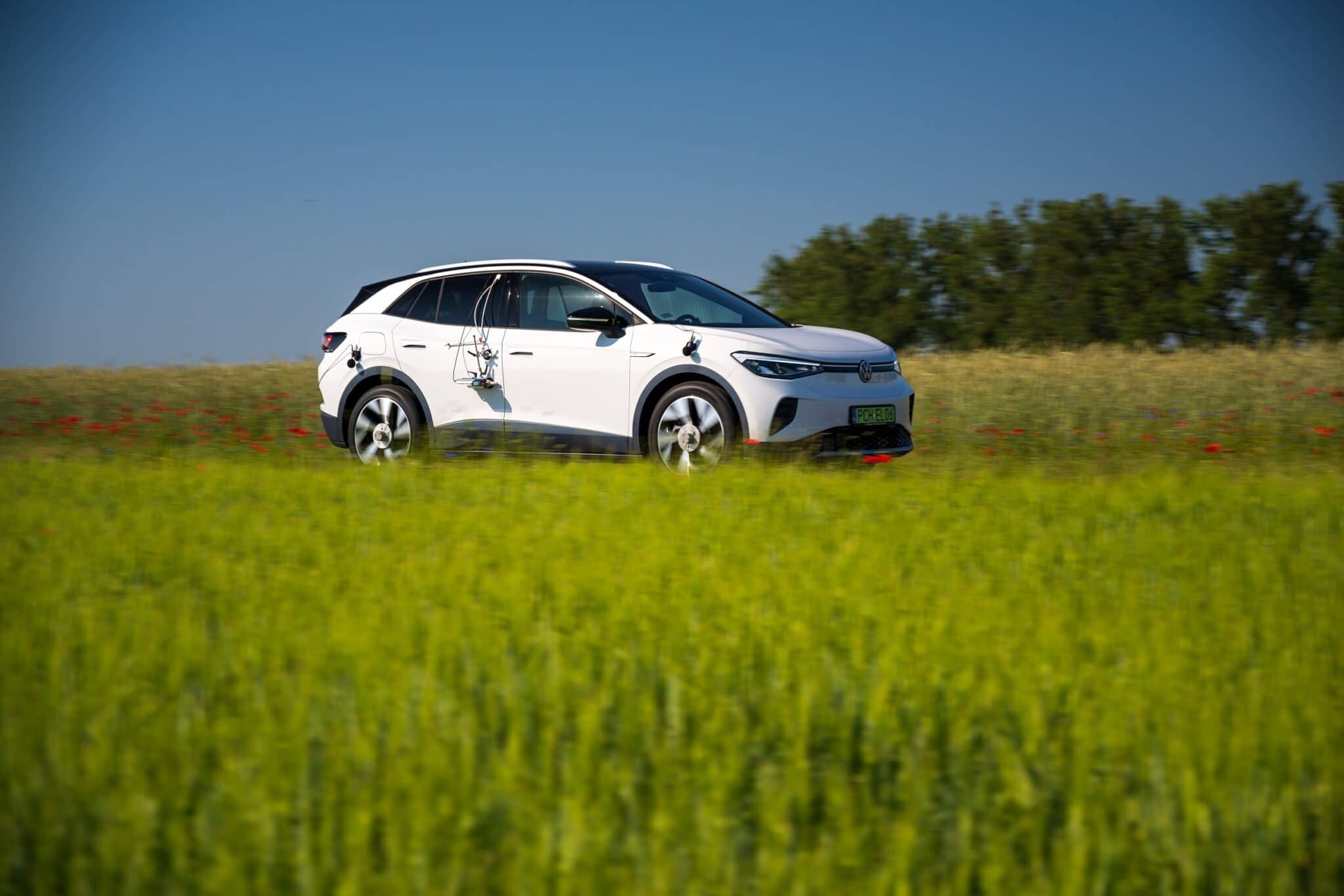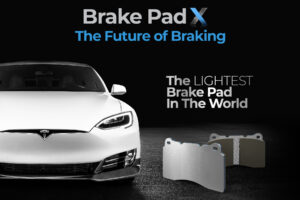Sign up for our weekly email to stay on top of the latest news and insights!
Source: Lumag post
BUDZYŃ, Poland — Electric cars are an increasingly common sight on European roads. According to the European Environment Agency, almost 550,000 of them were registered in 2019 in the European Union countries. On the one hand, it is an invaluable relief for the environment, but on the other hand, it is a big challenge for brake pad manufacturers who have to adapt their production to market requirements. In order to better understand the needs of users of green energy cars, the Lumag company, the owner of the Breck brand, purchased a Volkswagen ID.4, which it will use to test new solutions useful in the production of friction materials.
“The car will be used to test the friction materials under development for electric vehicles. The main development of friction materials will be carried out on an inertia brake test rig, the so-called dynamometer”, said EngD Tomasz Orłowski, the head of the Lumag’s Research and Development Department. “However, the tests on the vehicle are the final and most important confirmation of meeting the previously assumed requirements.”
Related post:
Particulate Emissions from EV Brakes, Tires a Pending Problem
A lot could be said about the differences between electric and internal combustion cars. While the external appearance of these cars remains almost unchanged, they differ in design solutions and technologies that are not visible from the outside. One of many examples of such differences turns out to be the braking system and the braking itself.
“Electric vehicles recover part of their kinetic energy during braking, converting it into electrical energy. The electric motor then acts like a generator, charging the batteries with the energy generated,” points out the head of the Lumag Research and Development Department.
At first glance, it might seem that such a solution generates savings due to the almost negligible operation of the brake system. This would mean that the economy that goes hand-in-hand with the use of electric cars should be perceived much more broadly. Unfortunately, reality mercilessly brings all those who think this way down to earth.
Sign up for our weekly email to stay on top of the latest news and insights!
“In general, the main problem of braking systems is their susceptibility to corrosion; this especially applies to discs and, to a lesser extent, brake pads. Braking systems should be used frequently to remove thin layers of corrosion products. If they are not – and this is a common situation in electric cars, which mainly reduce speed thanks to regeneration – the discs can rust and the next braking with the use of the braking system will be uncomfortable. Very infrequent use of the brake for long periods of time can even result in pitting on the surface of the brake disc, which will cause the steering wheel to vibrate”, said Orłowski.
A partial solution to this problem may be the use of drum brakes, which are less susceptible to corrosion due to their design. This is the factory-fitted solution on the rear axle of VW ID.4








